Textile wipers are often described as rags. This is a standard description but we have always considered it a bit unfair! Textile wipers and white rags are many things, but to call them rags can perhaps suggest they are simply thrown together from discarded old cloth. Nothing could be further from the truth.
Our cleaning wipes and polishing cloths are purpose designed and carefully manufactured to clean different surfaces and environments. Some materials are better at mopping up fluid spillages than others, while other materials are better at polishing steel, enamel or painted surfaces.

With 40 years of experience in the industrial cleaning rags market, we have developed precise standards for measuring the different characteristics of materials and creating the right sort of textiles to handle different tasks.
Wiper grades and how they are calculated
We rate the qualities of different textiles in terms of grades. A grade is a rating from 1 to 10 that indicates how well a material performs as a given task. Grade 1 is the poorest rating, while Grade 10 is the best.
There are many different grades of textile wipers and the one you choose depends on the application you require. A low-grade wiper doesn’t mean that it is a substandard product – it simply means that for a particular function, a different grade may be more suitable.
Our grades are calculated based on three key characteristics:
1) Absorbency: how well a textile absorbs fluid.
2) Lint-free: to what extent a textile leaves lint residue on a cleaned surface?
3) Polishing Qualities: how well a textile performs as a polishing cloth.
When assessing a textile, we grade it in terms of these three characters. So Textile A may have an absorbency of 6, a lint-free grade of 1 and a polishing quality of 10; while Textile B may have an absorbency of 10, a lint-free grade of 9 and a polishing quality of 7.
When designing our product range we use this grading system to maximise performance and quality. The result is our four cleaning wiper ranges, each containing a variety of products. Within these ranges we offer 16 different grades of wiper, each one having its own unique properties that benefit all different kinds of industries.
Premium Wiper Grades
White Towel
Our white towel material is sourced from commercial laundries where it has been washed prior to being collected by us for cutting and processing into white rags. This textile is soft and highly absorbent because of its bulk, making it ideal for cleaning and polishing. Widely used in the food and drink industry, aerospace, restoration and commercial cleaning sectors.
Absorbency: 10 | Lint-free: 4 | Polishing Quality: 8
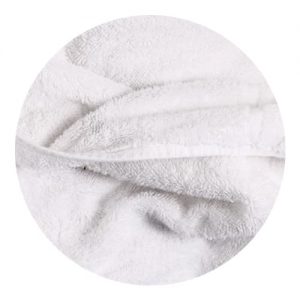
White Sheeting Rags
Sourced in the same way as our white towelling cloths, white sheeting is another popular white rag; being absorbent, low lint, and soft. It is used widely in the engineering industry for wide range of applications including for metal polishing cloths or clean up when painting.
Absorbency: 10 | Lint-free: 9 | Polishing Quality: 5
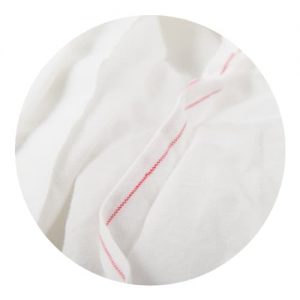
Standard Wiper Grades
White T-Shirt Cloths
Manufactured from 100% high-quality, medium-weight cotton reminiscent of white T-shirts, this popular wiper grade of white rags has good all-round cleaning, polishing and absorbent qualities. The product works well in car valeting, the print industry and for cleaning engineering components, due to its high lint-free rating.
Absorbency: 7 | Lint-free: 9 | Polishing Quality: 7

Industrial Cleaning Rags
This is our general-purpose cleaning cloth ideal as industrial cleaning rags and made from recycled textiles from a variety of sources, including towels, shirts and bed sheets. The mixed rags bag is a great value and hard-working cleaning rags option and can be used for many different cleaning functions.
Absorbency: 4 | Lint-free: 4 | Polishing Quality: 2
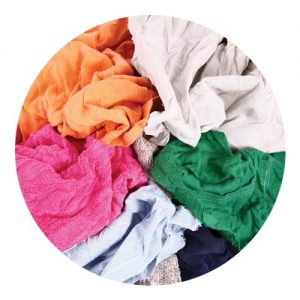
Take a look at our white rags and polishing cloths collections as well.
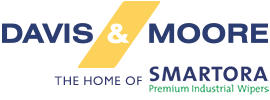
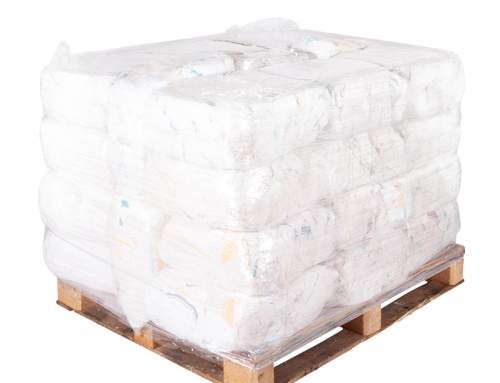


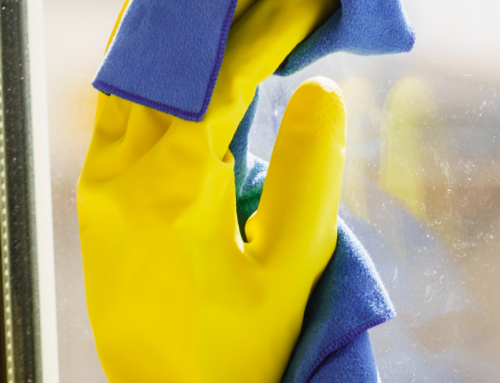

Leave A Comment
You must be logged in to post a comment.